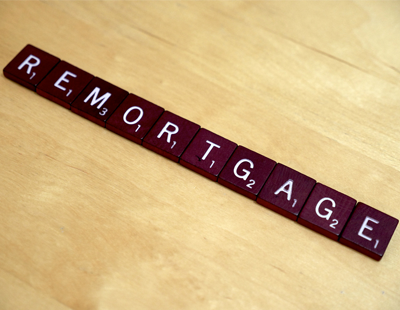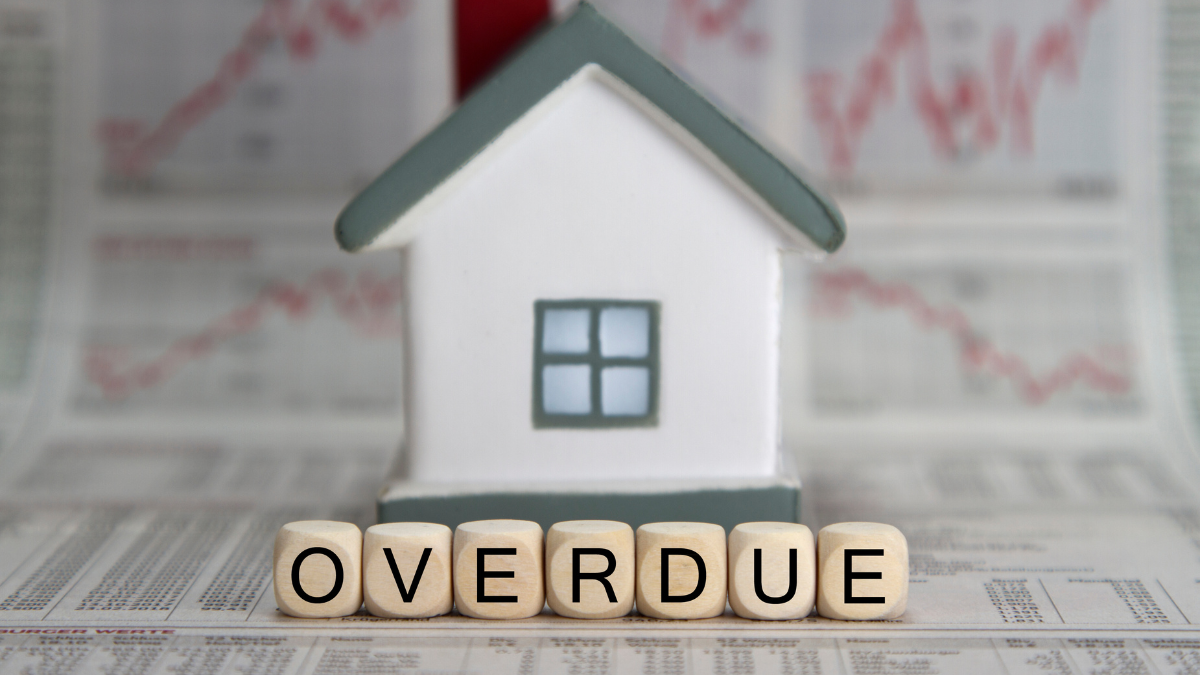
Average rents in Great Britain have fallen for the first time in more than six years, driven by a sharp drop in the cost of new tenancies in London and the South East of England.
Nationally rents fell 0.6% over the last year to £921pcm last month, down £5 compared with February 2016, Countrywide’s latest Lettings Index shows.
Renters in London and the South East have been handed a measure of relief, with annual rents dropping by 4.7% and 2.6%, respectively.
The fall was triggered by a flood of new rental homes coming on to the market, while demand from private renters fell by 3% in London and 5% in the South East compared with the same period last year.
But greater tenant demand in other regions of the country meant that rents continued to increase across all other parts of Great Britain, albeit at a slower rate than in January, led by gains in the East and West Midlands, and when excluding London, Countrywide’s figures reveal that rents rose by an average of 0.8% year-on-year.
“Rents are growing in most of the country but falls in London and the South East are dragging down the national growth rate,” said Johnny Morris, research director at Countrywide. “Recent falls in London and the South East are small in the context growth in recent years. Rents are a third higher in London and the South East than in 2007.”
He added: “Early signs point towards 2017 being a rare year where rents rise faster in the north of the country than in the south. While rents are likely to track any increase in earnings, affordability in London and the South East remains stretched. That is likely to limit rental growth.”
Supply and demand
|
|
YOY change in homes to let
|
YOY change in registered tenants
|
|
London
|
18%
|
-3%
|
|
South East
|
15%
|
-5%
|
|
South West
|
12%
|
2%
|
|
East of England
|
10%
|
8%
|
|
East Midlands
|
5%
|
9%
|
|
West Midlands
|
5%
|
3%
|
|
North West
|
5%
|
8%
|
|
North East
|
6%
|
4%
|
|
Yorkshire & Humber
|
7%
|
7%
|
|
Scotland
|
6%
|
6%
|
|
Wales
|
3%
|
7%
|
|
Great Britain (ex London)
|
8%
|
7%
|
|
Great Britain
|
10%
|
5%
|
Source: Countrywide
New lets
|
Region
|
Ave Rent Feb-17
|
Ave Rent Jan-17
|
Ave Rent Feb-16
|
February Rent YOY
|
|
Greater London
|
£1,246
|
£1,260
|
£1,309
|
-4.7%
|
|
Central London
|
£2,359
|
£2,298
|
£2,384
|
-1.0%
|
|
East of England
|
£974
|
£1,014
|
£945
|
3.1%
|
|
South East
|
£1,152
|
£1,186
|
£1,183
|
-2.6%
|
|
South West
|
£825
|
£818
|
£810
|
1.8%
|
|
Midlands
|
£649
|
£673
|
£632
|
2.8%
|
|
North
|
£667
|
£667
|
£650
|
2.7%
|
|
Scotland
|
£668
|
£677
|
£664
|
0.7%
|
|
Wales
|
£670
|
£652
|
£636
|
5.3%
|
|
Great Britain (ex London)
|
£815
|
£814
|
£808
|
0.8%
|
|
Great Britain
|
£921
|
£929
|
£926
|
-0.6%
|
Source: Countrywide
Occupied Homes
|
Region
|
Ave Rent Feb-17
|
Ave Rent Jan-17
|
Ave Rent Feb-16
|
February Rent YOY
|
|
Greater London
|
£1,235
|
£1,234
|
£1,199
|
2.9%
|
|
Central London
|
£2,374
|
£2,425
|
£2,448
|
-0.9%
|
|
East of England
|
£895
|
£894
|
£867
|
3.1%
|
|
South East
|
£1,017
|
£1,015
|
£998
|
1.8%
|
|
South West
|
£758
|
£757
|
£737
|
2.8%
|
|
Midlands
|
£647
|
£646
|
£631
|
2.4%
|
|
North
|
£639
|
£657
|
£624
|
5.2%
|
|
Scotland
|
£651
|
£638
|
£640
|
-0.4%
|
|
Wales
|
£657
|
£651
|
£653
|
-0.2%
|
|
Great Britain (ex London)
|
£798
|
£796
|
£783
|
1.9%
|
|
Great Britain
|
£877
|
£877
|
£859
|
2.1%
|
Source: Countrywide
Want to comment on this story? If so...if any post is considered to victimise, harass, degrade or intimidate an individual or group of individuals on any basis, then the post may be deleted and the individual immediately banned from posting in future.














.jpg)









%20(002).png)




.png)






Join the conversation
Jump to latest comment and add your reply
But i thought rents were to go up as Landlords pass on extra costs? This article for a change makes sense.
Slightly misleading headline. What it actually says is 'Rents are growing in most of the country but falls in London and the South East are dragging down the national growth rate.'
Rents in London are already about twice what they are in most other regions. Rents at the top end are starting to level off because people are moving to the commuter belts. They can no longer afford the rent in London itself. That's particularly true for families who require bigger properties. It won't last long because as demand rises all around the SE, the outlying areas will soon catch up. And then we're back to square one.
Thanks to S24 I have raised rents on all my London properties this year and not a murmur from the tenants. If rents were indeed falling I would expect them to move out as they could get cheaper elsewhere. I therefore assume that I'm not the only landlord who is doing this. God knows where they get all these statistics from but I prefer to trust my own eyes. They are usually more reliable.
Wages have been frozen for years whilst rents shot up. Without a wage increase rents have hit their max ceiling, people can't afford higher rents and landlords risk voids if they charge too much.
The rents have fallen because many landlords bought BTL properties before the new 3% Stamp Duty tax started in April 2016 causing a glut of available properties. Simple, and a one-off event. It would be surprising if this was repeated or continued as BTL purchases have plummeted since April 2016 limiting supply which in time will heat up the market. Plus the new taxes kick in next month pressuring landlords to increase rents from this point on.
Please login to comment